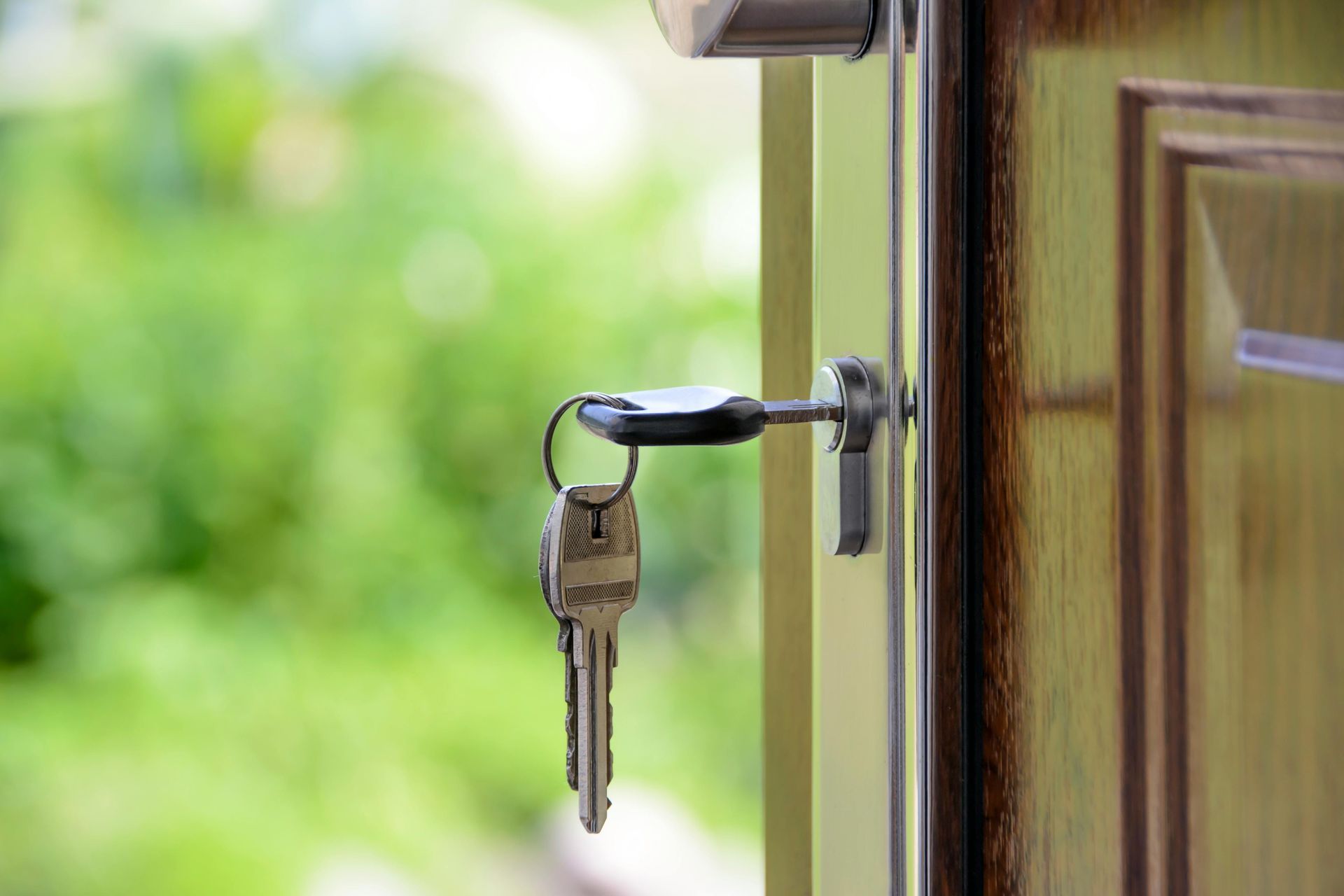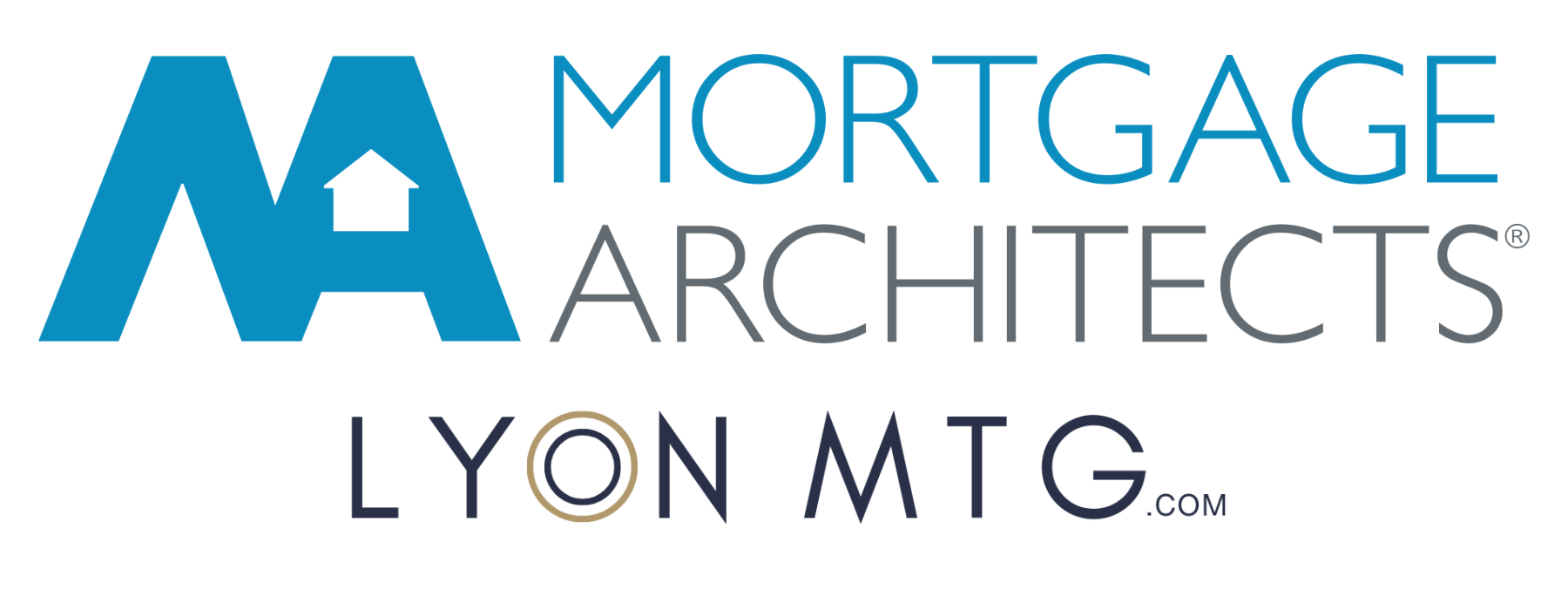How to Withdraw from Your RRSP For a Down Payment (as a First Time Buyer)
Buying your first home is exciting—but figuring out how to pull money from your RRSP for a down payment can feel confusing. The Home Buyers’ Plan (HBP) lets you use your retirement savings without tax penalties, but the withdrawal rules are specific.
Here’s a simple breakdown so you know exactly what to do and don’t miss a step.
What Is the Home Buyers’ Plan (HBP)?
The HBP is a federal program that allows eligible Canadians to use up to $60,000 from their RRSP for the purchase or construction of a qualifying home.
- Each individual can withdraw up to $60,000.
- Couples can each participate, meaning up to $120,000 may be available for a down payment.
How the Withdrawal Works
- Step 1: Check Your Eligibility
- You must be a first-time homebuyer (or qualify under the rules for a specified disabled person).
- You must have a written agreement to buy or build a qualifying home.
- You must be a resident of Canada when you withdraw the funds.
- Step 2: Fill Out the Form
- Use Form T1036 – Home Buyers’ Plan (HBP) Request to Withdraw Funds from an RRSP.
- Download it here: Form T1036 (CRA).
- If you’re withdrawing from multiple RRSP accounts, a separate form is needed for each one.
- Step 3: Submit the Form to Your Financial Institution
- Your RRSP provider will complete their part of the form and process the withdrawal.
- Step 4: Receive the Funds
- It can take up to 5 business days (sometimes longer) for the money to reach your account.
- Plan ahead — I always recommend starting the process early so the funds are available well before you need them.
Benefits
- Tax-free withdrawal (if you follow the repayment rules).
- Larger down payment without needing taxable withdrawals or additional loans.
- Flexible repayment over up to 15 years, interest-free.
Important Considerations
- Repayments are mandatory — each year (starting the second year after your withdrawal) you must repay at least 1/15 of the amount withdrawn. If you don’t, that portion will be added to your taxable income.
- 89-day rule — RRSP contributions must be on deposit for at least 89 days before you can withdraw them under the HBP.
- Plan your timing — since institutions may take several days to release funds, don’t wait until the last minute.
Next Steps
If you’re planning to use your RRSP for your first home:
- Confirm your eligibility.
- Download and complete Form T1036.
- Request your withdrawal early to avoid delays.
Need help with your mortgage? Book a consultation or call 778-988-8409.
Glossary
- Home Buyers’ Plan (HBP): A federal program that lets first-time buyers withdraw up to $60,000 from their RRSP tax-free for a home purchase.
- RRSP (Registered Retirement Savings Plan): A government-registered account that allows Canadians to save for retirement with tax advantages.
- Form T1036: The official CRA form required to withdraw RRSP funds under the HBP.





